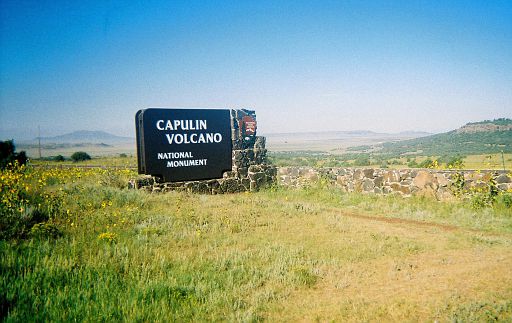
Imagine approaching an intersection as one other automobile runs a pink light. You don’t see them at first, but your automotive will get a signal from the opposite automotive that it is instantly in your path and warns you of the potential collision, and even hits the brakes mechanically to keep away from an accident. A growing expertise referred to as Car-to-Automobile communication, or V2V, is being examined by automotive manufacturers like Ford as a approach to help cut back the quantity of accidents on the street.
Fact: Americans drive an average of forty miles per day, based on the U.S. Department of Transportation. Most new Battery Electric Autos (BEV) have a range of no less than double that and could be charged at any ordinary electrical outlet (120V) or publicly accessible station with a quicker charger. The latter, already in use, will proliferate as the plug-in infrastructure is built out. At current, all it takes is planning for Electric Vehicle (EV) homeowners, who can journey up to one hundred twenty miles on a single charge, to make use of their cars on heavy travel days. Alternatively, a Plug-in Electric Hybrid Car (PHEV) goes no less than 300 miles on a mixture of electricity and gasoline.
We’re not speaking about dreamy, theoretical science both. But actual hypercar development could require a clean break with a lot of automotive-building orthodoxy. Take, for example, the Wikispeed SGT01, an entrant within the Progressive Automotive X Prize competitors. Workforce Wikispeed, led by software advisor Joe Justice, used administration practices (collectively called Agile) from the software development world to lop years off of the auto business commonplace time to build its SGT01 roadster. The resulting carbon fiber-bodied automotive prices $25,000, goes from zero to 60 miles per hour (0 to 96.6 kilometers per hour) in 5 seconds and delivers 108 miles per gallon (45.9 kilometers per liter) in mixed city and freeway driving. (The tradeoff at present is a harsh, noisy ride.)
Chimneys require a distinct strategy. Building codes now mandate not less than a two-inch hole between any flammable material (normally wooden framing) and the masonry or steel. In newer properties this gap is typically left unfilled, leaving a hole that goes directly from the basement to the attic. Quite a lot of heat air can rush up a gap that dimension. Older houses may not have as sizable a hole, site — http://trade-city.ua/forum/user/77582/ — however the solution for either is to close the hole with a nonflammable materials and fireproof caulk. Sheet steel nailed to the framing and shoved against the chimney works nicely, and it can be sealed with the caulk to remove any of the remaining small gaps.
Lots of the materials utilized in green residential building have passed the take a look at of time, but not all of them have made it into the nationwide or local building codes. Issues of fire safety, earthquake resistance and structural integrity typically need approval on a case-by-case basis. Whereas various constructing materials meet inspector skeptics along the way in which, making a case for his or her use is a burden of proof they must meet for constructing and engineering professionals after they fulfill the fundamental code requirements that are within their management.
